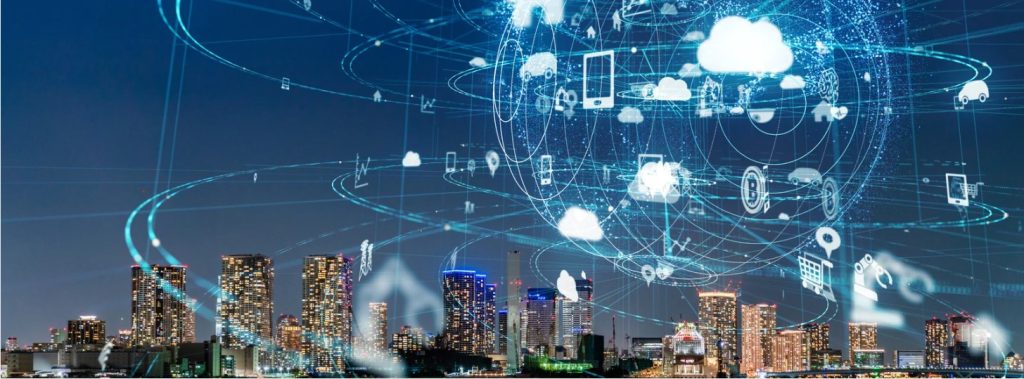Smart Cities, Green Energy: Protecting Infrastructure from Cyber Threats
With the advent of the Internet of Things (IoT), naturally, the systems used to manage cities and the essential services such as renewable power generation which make them possible have also begun to leverage these technologies. Cities which use connected systems to optimize resources, improve infrastructure, and facilitate efficient governance are called smart cities. However, malicious actors are not far behind any innovation.
Among the most concerning attacks on smart city infrastructure is a 2021 incident wherein a malicious actor gained access to the City of Tampa Bay, Florida’s water treatment systems and attempted to poison the city’s water supply. The hacker gained control of the local water plant through dormant remote access software and spiked the level of sodium hydroxide by a factor of a hundred. The attack was potentially devastating enough to poison the city, thus warranting the involvement of the FBI and Secret Service.

Separately, in 2022 a string of cyberattacks on German wind power companies caused considerable alarm for the country’s grid. First, a cyberattack on ViaSat knocked out the remote control of nearly 5,0000 wind turbines which belong to a company named EnerCon. Another targeted renewable energy giant Nodex, and shut down the company’s internal software infrastructure. Finally, a ransom attack which targeted maintenance company Deutsche Windtechnik shut down the company’s remote data monitoring systems.
Even the Philippines isn’t safe from cyberattacks on critical infrastructure, most notably the National Grid Corporation of the Philippines (NGCP) has been attacked around a hundred times in 2020 in a matter of weeks. The problem of constant cyberattacks on the Philippine grid has raised enough eyebrows that the Philippine Senate, even the current President have pushed for better systems to prevent and respond to them.
While these incidents were ultimately resolved, they highlighted the need to invest in robust prevention and responses. Even institutions such as cities and utility providers must begin to consider threats they have never considered before. The well-being, and maybe even the lives of citizens under their care depend on it.